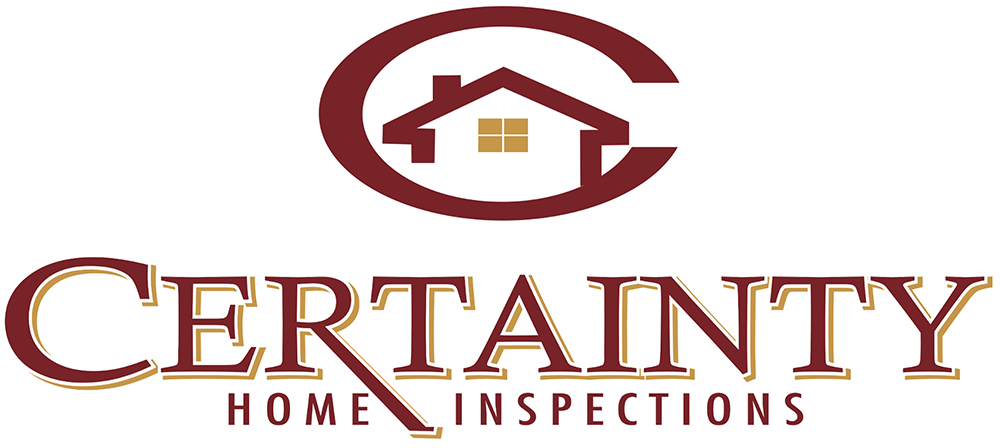 Understanding Mold In Homes: Signs, Prevention, And Inspection Essentials
Understanding Mold In Homes: Signs, Prevention, And Inspection Essentials
Mold and mold-like substances are more than unsightly—they can pose significant health risks and signal underlying structural or moisture issues in a home. Identifying these potential hazards for homeowners and prospective buyers is critical to maintaining a safe and healthy living environment. Certainty Home Inspections specializes in home inspection Louisville KY and is trained to detect mold and related concerns during inspections, offering invaluable insights. This blog explores the common signs of mold, how home inspectors identify them, and proactive steps you can take to prevent mold growth in your home.
What Is Mold, And Why Does It Matter?
Mold is a type of fungus that thrives in damp, humid conditions. While some molds are harmless, others can trigger allergies, asthma, or severe respiratory problems. Beyond health risks, mold growth often points to underlying moisture problems, which, if ignored, can cause structural damage to your home. Understanding the implications of mold is the first step to addressing it effectively.
Common Signs Of Mold Home Inspectors Look For
Visible Mold Growth
Mold can appear as black, green, white, or gray patches and is commonly found on walls, ceilings, floors, or around windows. Its texture may range from fuzzy and slimy to powdery, making it relatively easy to identify visually.Musty Odor
A persistent earthy or damp smell is a strong indicator of mold. Inspectors are trained to use their sense of smell, particularly in basements, attics, and other moisture-prone areas.Water Stains or Discoloration
Yellow, brown, or black stains on walls and ceilings often signal water damage, a precursor to mold growth. These stains typically result from leaks or condensation.Peeling or Bubbling Paint and Wallpaper
Excess moisture behind walls can cause paint and wallpaper to peel or bubble. This is often a red flag for hidden mold growth beneath the surface.Damp or Humid Conditions
Bathrooms, basements, and other areas with high humidity are hotspots for mold. Inspectors use specialized tools to measure humidity levels and identify excess moisture.Health Symptoms Among Occupants
Frequent allergy-like symptoms such as sneezing, coughing, or itchy eyes in occupants can indicate the presence of mold. While not definitive, these symptoms often align with visible or detectable mold concerns.
Tools And Techniques Used By Inspectors
Home inspectors rely on advanced tools and methods to detect mold, including:
- Moisture Meters: Measure moisture levels in walls, floors, and ceilings.
- Infrared Cameras: Identify temperature differences indicative of moisture buildup.
- Probes and Flashlights: Help locate mold in dark, hard-to-reach areas.
- Air Sampling Equipment: Detect invisible mold spores in the air.
 How To Prevent Mold In Your Home
How To Prevent Mold In Your Home
Taking proactive measures can significantly reduce the risk of mold:
✅ Control Humidity Levels: Use dehumidifiers in damp areas and keep indoor humidity below 60%.
✅ Fix Leaks Promptly: Repair leaking pipes, roofs, and appliances immediately.
✅ Ensure Proper Ventilation: Use exhaust fans in bathrooms and kitchens and open windows for improved airflow.
✅ Clean and Dry Wet Areas Quickly: Dry carpets, upholstery, and other surfaces within 48 hours of exposure to moisture.
✅ Use Mold-Resistant Products: Choose mold-resistant drywall and paints during home renovations.
FAQs About Mold And Home Inspections
Q: How can I tell if mold is dangerous?
A: While all molds indicate moisture problems, certain types, like black mold (Stachybotrys chartarum), are particularly toxic. Professional testing is essential to determine mold types.
Q: Can I remove the mold myself?
A: Small patches (under 10 square feet) can often be cleaned with household solutions. For larger infestations, consult a professional to ensure proper removal.
Q: Does homeowners insurance cover mold remediation?
A: Coverage depends on your policy. Mold caused by sudden water damage is often covered, while mold due to neglect is typically excluded.
Q: How often should I have a mold inspection?
A: Annual inspections or checks after water damage are recommended to detect and prevent mold issues.
Mold is a common but manageable concern in homes. You can protect your property and health by recognizing its signs and promptly addressing moisture issues. Home inspectors are essential in identifying mold risks and helping you make informed decisions about your home.
Protect Your Home With Certainty Home Inspections
Concerned about mold in your home? Certainty Home Inspections provides expert home inspection Louisville KY services, ensuring your property is safe and free from hidden mold and moisture issues.
📞 Call 866-417-9591 today
📅 Click Here to schedule your home inspection in Louisville, KY now!
Don’t take risks with mold—trust Certainty Home Inspections for a thorough and professional inspection. Book your inspection today and protect your home and family!

 Understanding Mold In Homes: Signs, Prevention, And Inspection Essentials
Understanding Mold In Homes: Signs, Prevention, And Inspection Essentials How To Prevent Mold In Your Home
How To Prevent Mold In Your Home